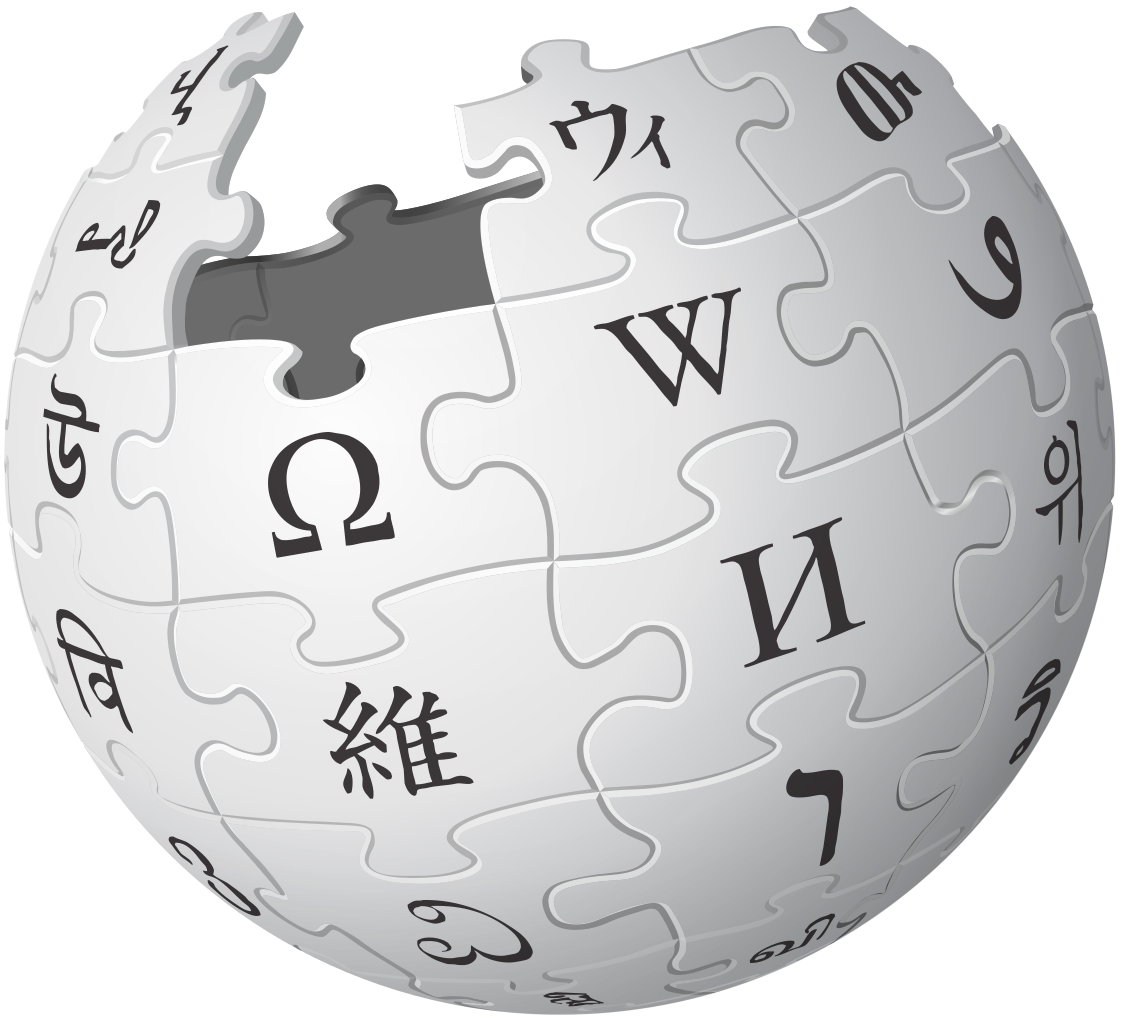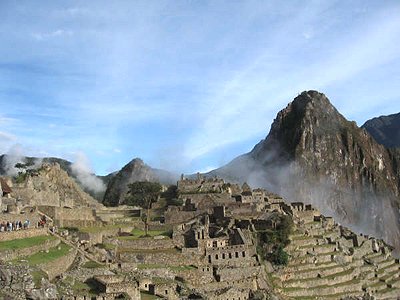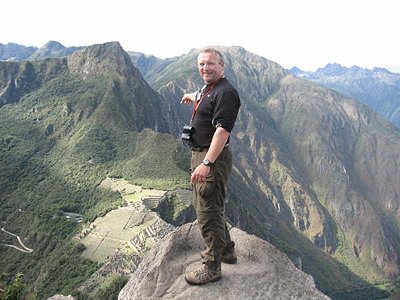

 Wikipedia Sitemap |
|
|  Useful Links 1 Useful Links 2 |




Spiritual health is a vital aspect of our lives. In my case, attempting to reconnect with past civilizations is a form of spiritual revitalization. In the first half of the last millennium, the Inca dynasty ruled in South America. Their center of culture was in the present-day city of Cuzco, situated in the heart of the Peruvian Andes, at an altitude of 10,000 feet. Arrival at this destination is akin to being dropped atop of the highest peak at Whistler, B.C.
Present day Peru is dotted with marvelous treasures, ruins and tombs that attest to the remnants of a highly organized culture, some dating back thousands of years. The lack of a written language has made Inca history difficult to interpret. The great kingdoms were overtaken by the Spanish in 1532 with help from natural diseases such as chicken pox. The Spaniards built structures in Cuzco, often on top of or encasing majestic Inca temples.
The quest of my journey was to follow the ancient system of hand carved Inca mountain paths traversing through several mountain passes to reach the recently rediscovered sanctuary of Machu Picchu. These trails define the essence of Inca civilization, providing a means of commerce, communication and unification. The trails are eroded in some cases, but in others have stairs built up mountainsides and contain hand hewn tunnels hundreds of years old. The journey takes you through many ancient ruins of various kinds and functions. Discovering the respect and connectivity with our blue planet that ancients had is truly humbling.
Machu Picchu is a sacred place in a high mountain valley where the last Inca relocated in hopes of preserving their way of life. The air is thin, food difficult to grow and the elements constantly taunting you, but it seems to be a place for healing. It lunges at you and begins to massage your inner soul as soon as you venture past the Sun Gate. It is amazing that a culture which saw little need for writing could design buildings atop of cliffs, sub-structures unmarred by volcanoes and earthquakes, and align them with celestial targets. Advanced agricultural knowledge was also essential.
I am not certain if it is the stunning beauty or the altitude bubbling my brain, but the journey is as much spiritual as it is eclectic. At these altitudes, my own pack is limited to about 25 pounds. We are aided by porters, descendents of the Inca whose natural acclimatization allows them to carry twice the load. The sunny mountain mornings that greet me are a welcome relief from the sub-zero nights.
My expedition consists of a handful of modern day healers, gathered from all parts of the globe. There is certain awe in the air of Machu Picchu that greets the sunrise at dawn. Perhaps it is the ghosts of the ancient priest-astronomers healers attempting to transgress the ages with their own message of health. Perched high atop Huayna Picchu, the shear rock over-seeing the ancient city, it is amazing how easily you can become one with the magnificence of all that around you. Muscle aches, blisters, headaches do not even begin to intrude on such wonder. Then again, it might be all that "trail aspirin" also known as coca leaves!
I can appreciate why this place has become one of the Seven World Wonders. Out of the necessity of preservation, Machu Picchu itself has evolved into an efficient tourist Mecca with hundreds of people being deposited daily at its gates by an armadas of buses. Descending to it from the Sun Gate via the Inca trail lies in another dimension. There were hours when I could wander in isolation through the high Andes with only the occasional condor for company. I understood better why the Inca had a deep sense of spirituality rooted in the land around them, and how it influenced the health of a nation.
Related resources:
● Machu Picchu from Wikipedia, the free encyclopedia. "Often referred to as 'The Lost City of the Incas', Machu Picchu is probably the most familiar symbol of the Inca Empire. It was built around the year 1450..."
● Machu Picchu, Peru. Images include detail of stone work at ruins of Machu Picchu. "The ruins of Machu Picchu, rediscovered in 1911 by Yale archaeologist Hiram Bingham, are one of the most beautiful and enigmatic ancient sites in the world."
● A Brief History of Machu Picchu.